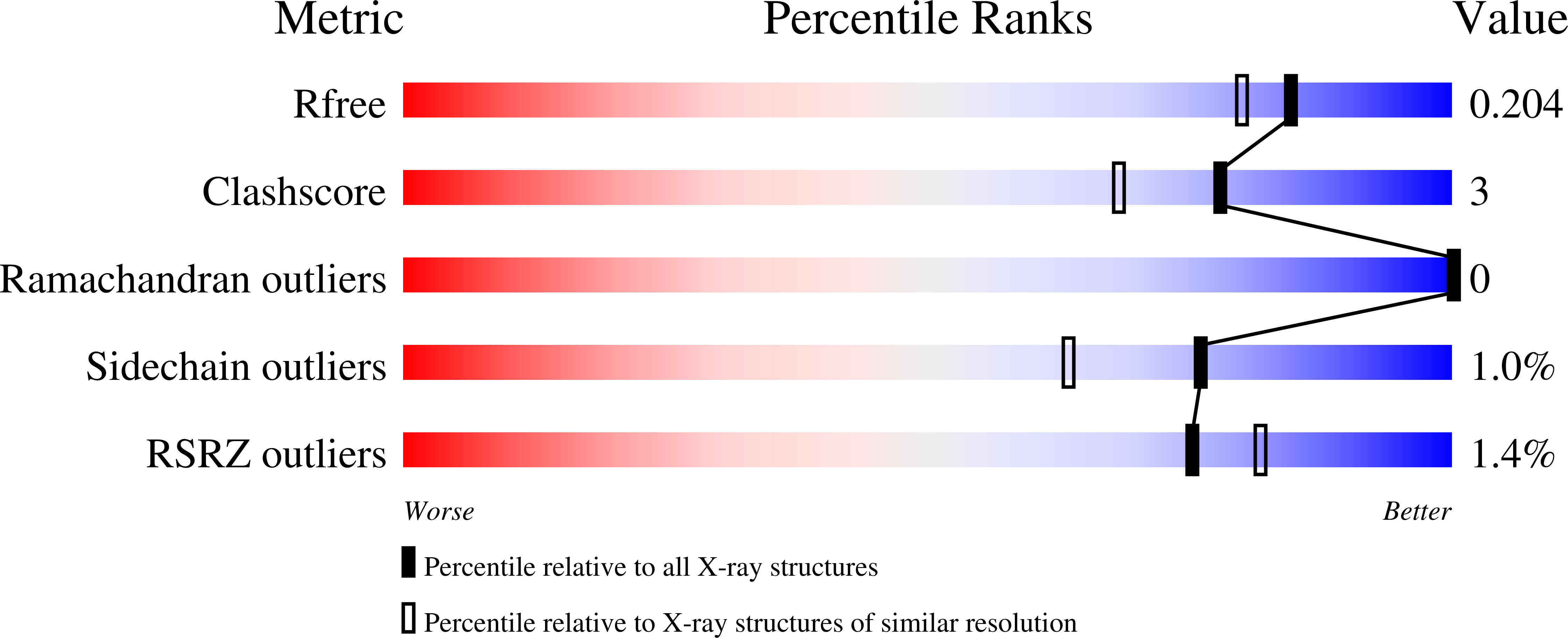
Deposition Date
2021-06-20
Release Date
2021-12-22
Last Version Date
2023-10-18
Entry Detail
Biological Source:
Source Organism:
Clostridium botulinum (Taxon ID: 1491)
Vicugna pacos (Taxon ID: 30538)
Vicugna pacos (Taxon ID: 30538)
Host Organism:
Method Details:
Experimental Method:
Resolution:
1.76 Å
R-Value Free:
0.20
R-Value Work:
0.16
R-Value Observed:
0.16
Space Group:
P 21 21 21


